View in gallery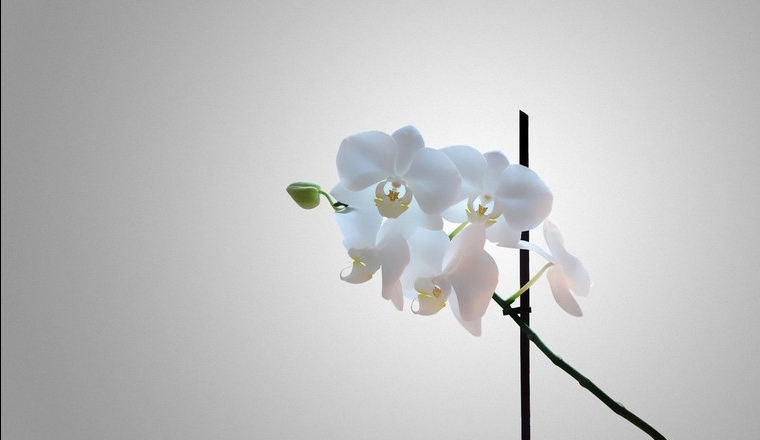 How to make an orchid bloom again ? | 1/22
How to make an orchid bloom again ? | 1/22
How to make an orchid bloom again ? Any kind of orchid has its maintenance requirements. The most common varieties, such as Phalaenopsis, Zygopetalum and Odontoglossum, only require slight temperature changes to bloom again.
Other kinds, such as Oncidium and Dendrobium, ask for a suitable fertilizer change that is rich in nutrients.
How to make an orchid bloom again ?
View in gallery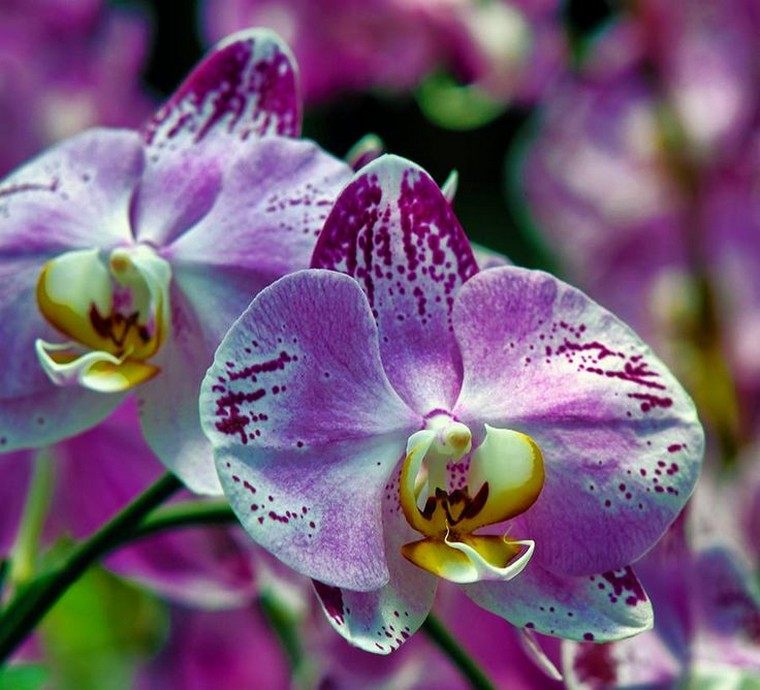 How to make an orchid bloom again ? | 2/22
How to make an orchid bloom again ? | 2/22
Your orchid does not bloom anymore? Do not be afraid, it’s perfectly normal! In this publication, we will focus on these beautiful plants, their maintenance requirements and how to stimulate the flowering of an orchid grown in a home interior.
Orchid Odontoglossum: one of the most widespread varieties in Europe
View in gallery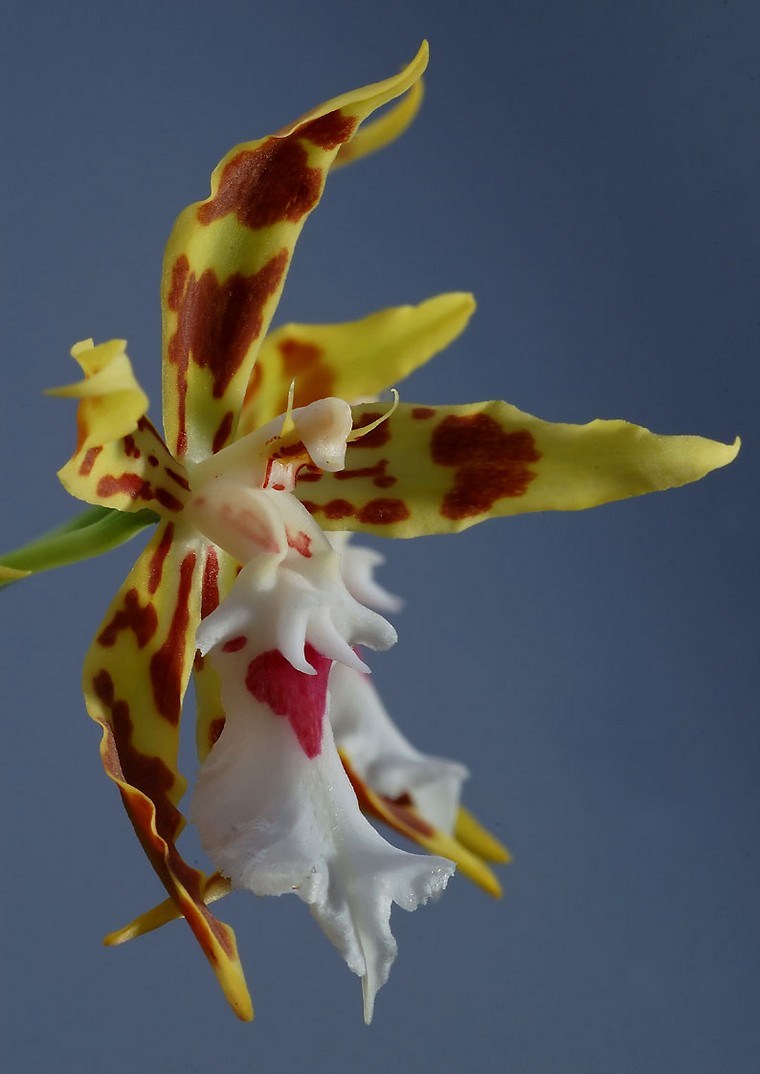 How to make an orchid bloom again ? | 3/22
How to make an orchid bloom again ? | 3/22
Orchids Phalaenopsis are one of the most common varieties in our interiors as they are easily affordable. Fascinating and delicate, they spend, indeed, a lot of energy to create their big and beautiful flowers for which they are appreciated. Usually, all orchid varieties go through a period of sleep once they have finished blooming. Sleep allows them to rest and recharge the nutrients expended during flowering. Its nutrients and water are stored in the leaves of the plant until they become necessary for growth and flowering. This sleep usually lasts 6 to 9 months. Afterwards, they can bloom again. Finally, these plants are quite resistant and really do not need additional fertilization. It is however possible to intervene to give a boost to their natural rhythm and allow them to bloom several times a year, especially for the variety. Phalaenopsis. This is possible by ensuring optimal conditions, by watering them with water without limestone, giving them a suitable substrate, and an effective fertilizer. The level of humidity is, in fact, the most important criterion for healthy orchids.
Phalaenopsis is the most common kind of orchid in our homes
View in gallery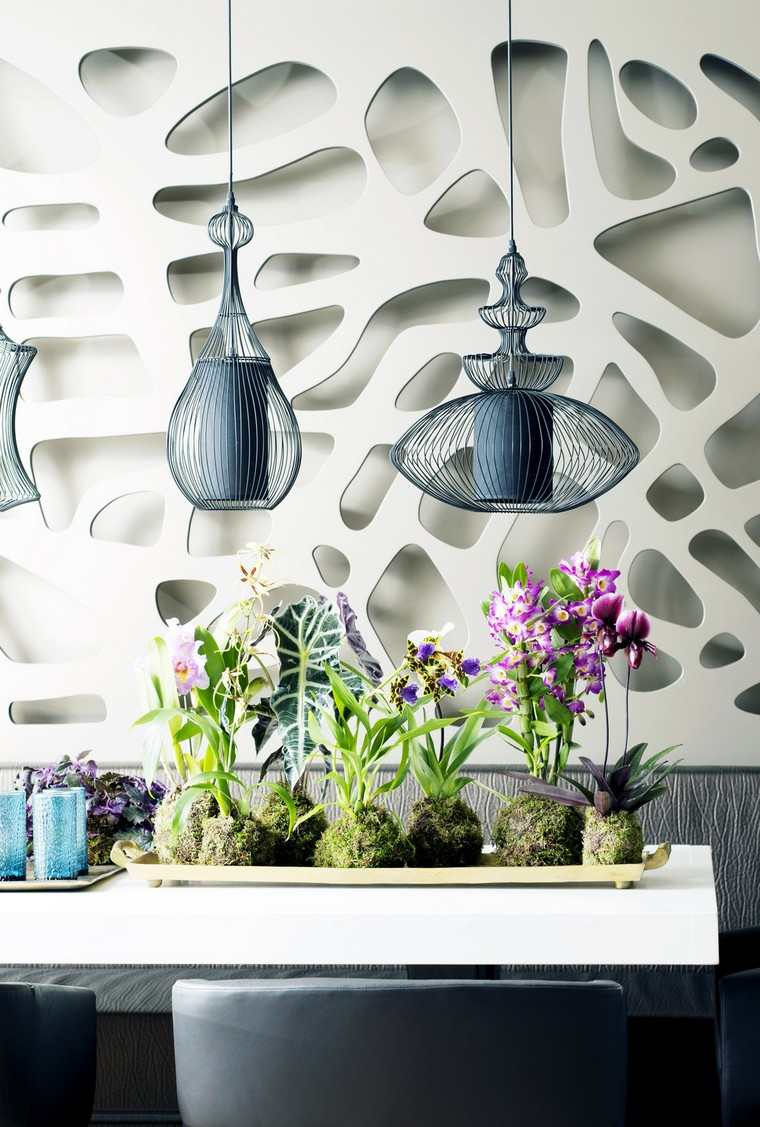 How to make an orchid bloom again ? | 4/22
How to make an orchid bloom again ? | 4/22
The orchid rests on the substrate and uses it to grow and retain moisture. Each substrate, potting soil, clay balls, pine bark, has its advantages. To choose the right substrate for your plant, try to find one that is closest to that of its natural environment. For details on the different types of orchid substrate, see the link at the bottom of our article *.
Phalaenopsis orchid in a white pot
View in gallery How to make an orchid bloom again ? | 5/22
How to make an orchid bloom again ? | 5/22
The fertilizer is really not necessary but it can stimulate the appearance of new leaves, flower stalks and flowers. The addition of fertilizer makes it possible to reproduce what is happening in its natural environment. In nature, the leaves and branches of the orchid receive rainwater that contains nutrients. These stimulate fertilization and help create new cells. The addition of fertilizer replaces the role of rain and it will allow it to bloom faster.
Beautiful hanging composition of pots with orchids and natural stones
View in gallery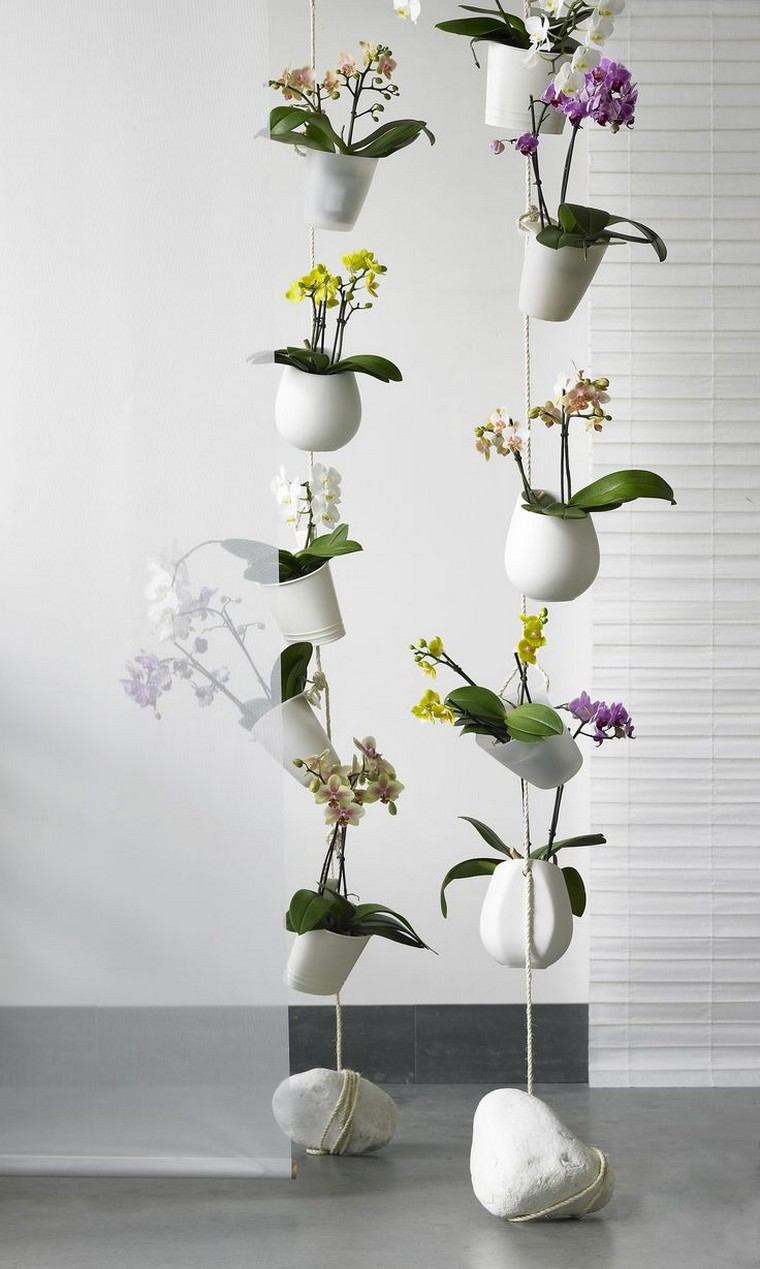 How to make an orchid bloom again ? | 6/22
How to make an orchid bloom again ? | 6/22
Another, very important, criterion for the health of your orchid is where it is placed. There are very few indoor plants that like direct light, the orchid is no exception. Yet, brightness is essential for one’s health. The orchid lives in a tropical environment and loves warmth. The climate in Europe is quite cold and it is not quite adapted to the temperature requirements of orchids. It is still possible to install some varieties of orchids outdoors during the summer in a shady corner to avoid the risk of burning them. In winter, it is absolutely necessary to get them inside.
In summer, the orchid can be placed outdoors in a shady corner
View in gallery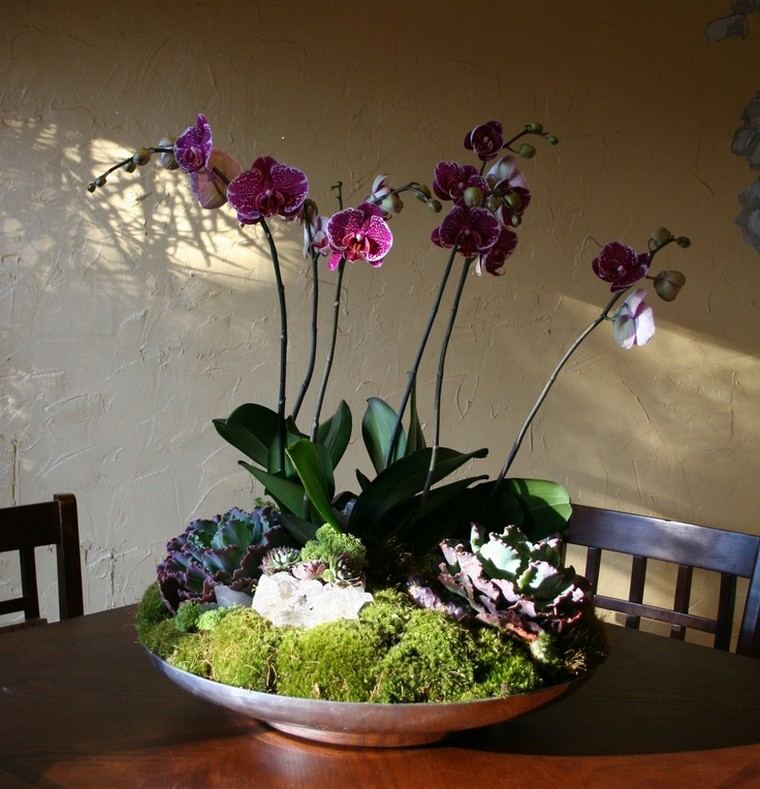 How to make an orchid bloom again ? | 7/22
How to make an orchid bloom again ? | 7/22
Orchid composition placed in a vase of original design
View in gallery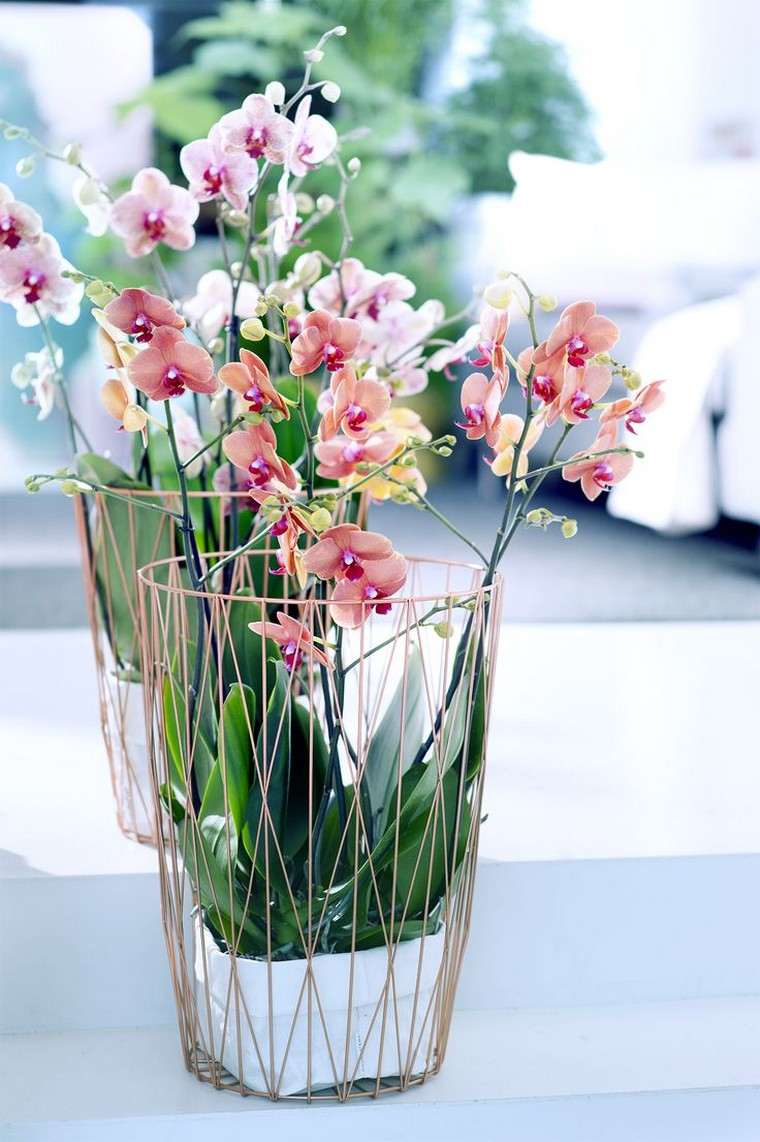 How to make an orchid bloom again ? | 8/22
How to make an orchid bloom again ? | 8/22
Inside, the orchid needs to be placed in a bright place where it is between 20 and 25 degrees. In its natural environment, the orchid lives in conditions of very high humidity and it is not quite possible to recreate these conditions in its home. Nevertheless, the orchids sold today are very resistant and can live in conditions that do not completely correspond to those of their natural environment.
Orchid: a delicate plant of fascinating beauty
View in gallery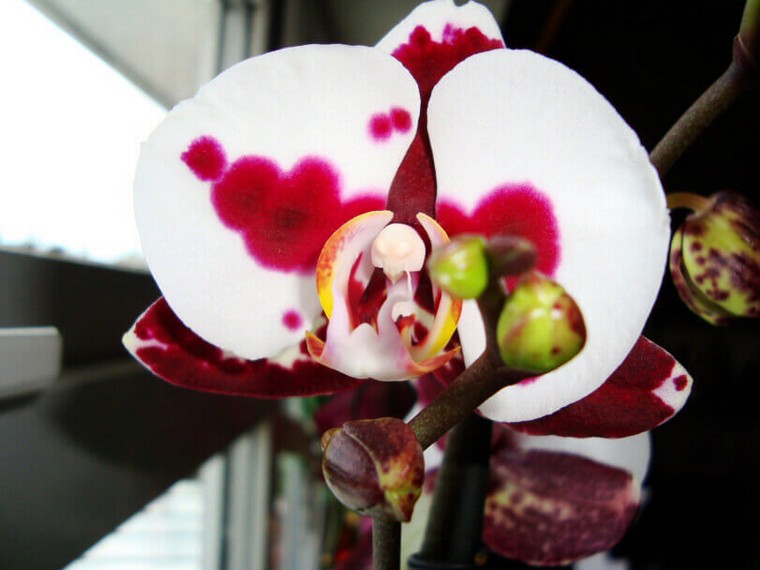 How to make an orchid bloom again ? | 9/22
How to make an orchid bloom again ? | 9/22
How to water his orchid? Watering varies slightly depending on the variety of orchid, but in general their needs are similar. Several criteria must be taken into account when watering this plant at first delicate.
The Dendrobium Nobile Orchid needs a lot of light
View in gallery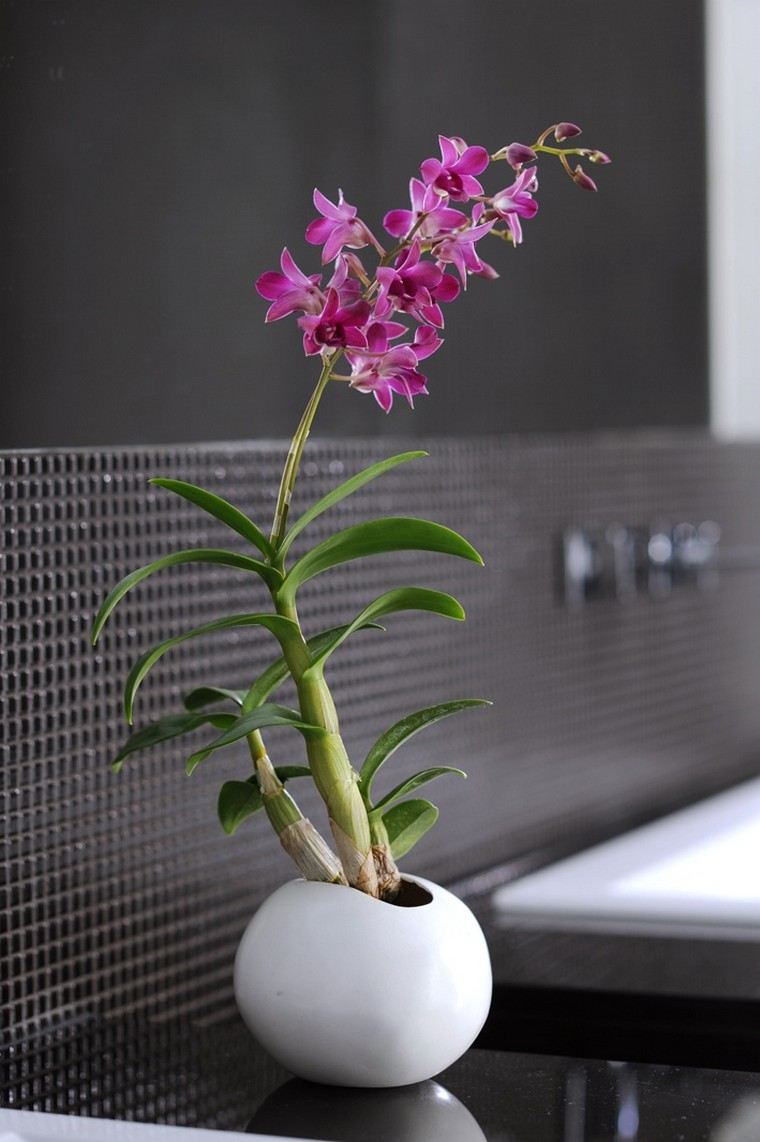 How to make an orchid bloom again ? | 10/22
How to make an orchid bloom again ? | 10/22
You may have heard about the Ice Cubes technique before. Indeed, it is the false good technique that, in most cases, will kill the roots of your plant. Our advice is to be attentive and not to over-water it. It is also important that the water is at room temperature to avoid any heat shock. Finally, the natural environment of this plant is the tropical climate. Tap water often contains limestone, which is not very good for this plant. Try to water it with demineralised and filtered water. But also, if you water it with tap water containing limestone, add lemon juice to neutralize it.
Orchid Odontoglossum: a spectacular flowering variety
View in gallery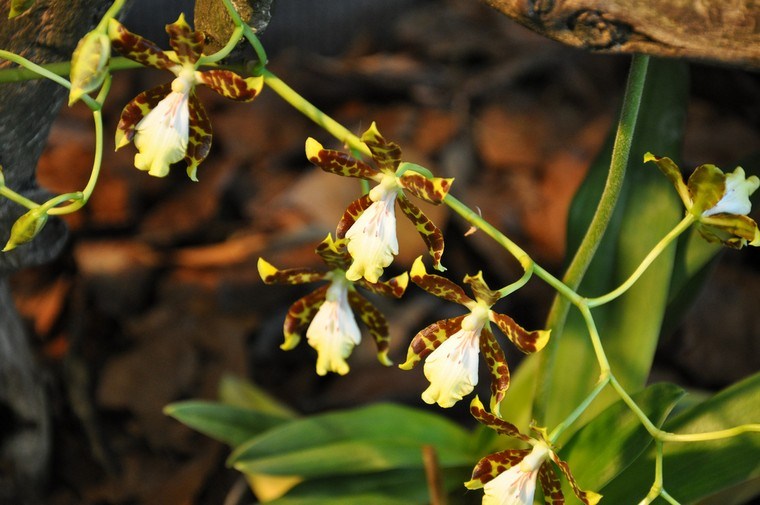
How to make an orchid bloom again ? | 11/22
Watering also depends on the type of fertilizer used. These plants like moisture, but you must be careful not to overwater and rot the roots. In fact, it is also one of the most common reasons that kill her. In dry weather, it will be watered every ten days, and in wet and cold weather – every two weeks. Some varieties need more water than others.
Orchid Phalaenopsis: the least demanding kind
View in gallery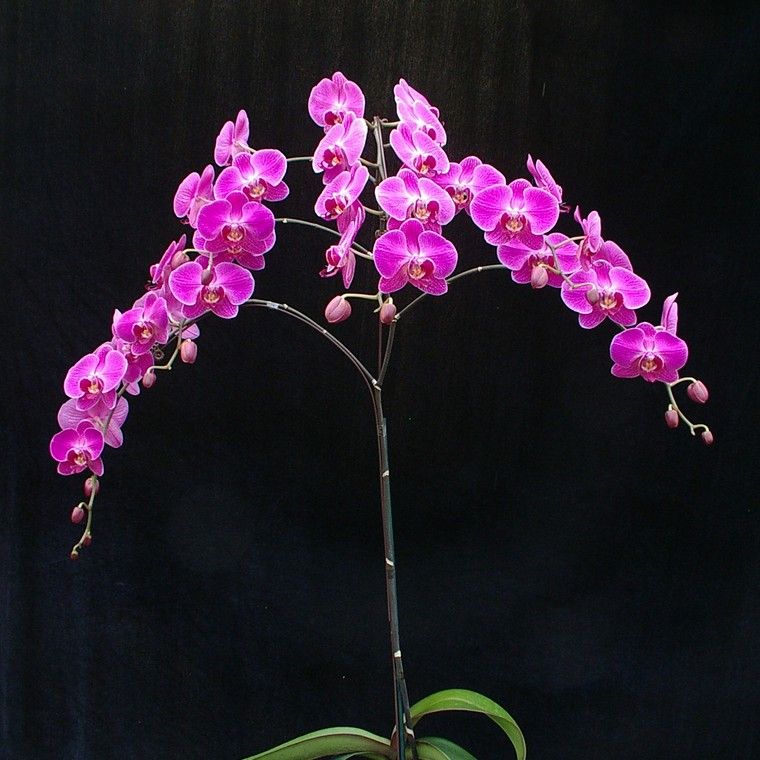 How to make an orchid bloom again ? | 12/22
How to make an orchid bloom again ? | 12/22
Orchids love the light
View in gallery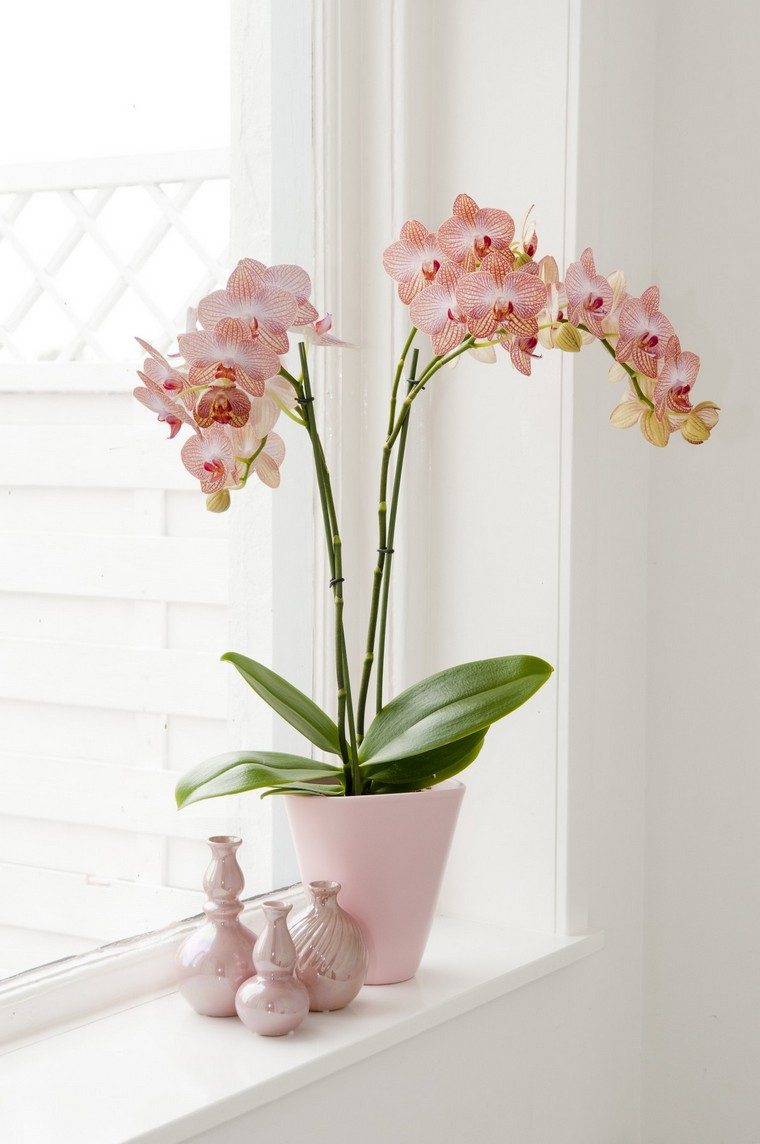 How to make an orchid bloom again ? | 13/22
How to make an orchid bloom again ? | 13/22
226 species of orchids have been discovered in Singapore
View in gallery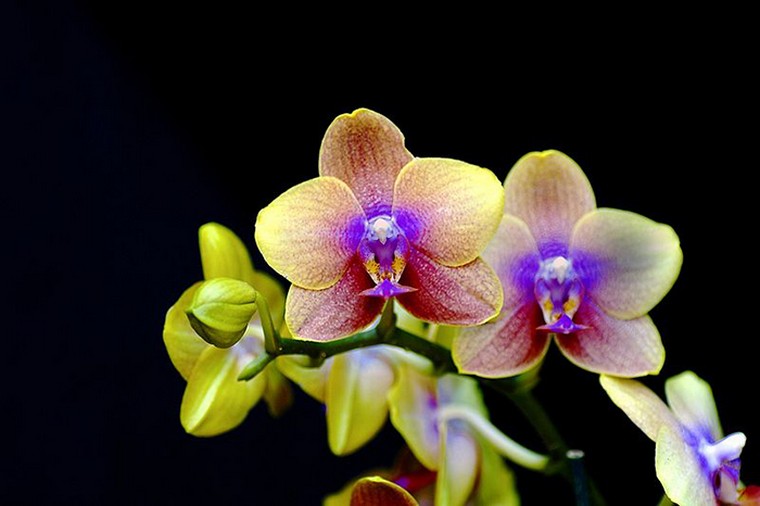 How to make an orchid bloom again ? | 14/22
How to make an orchid bloom again ? | 14/22
There are 25 thousand species of orchids divided into 850 genera
View in gallery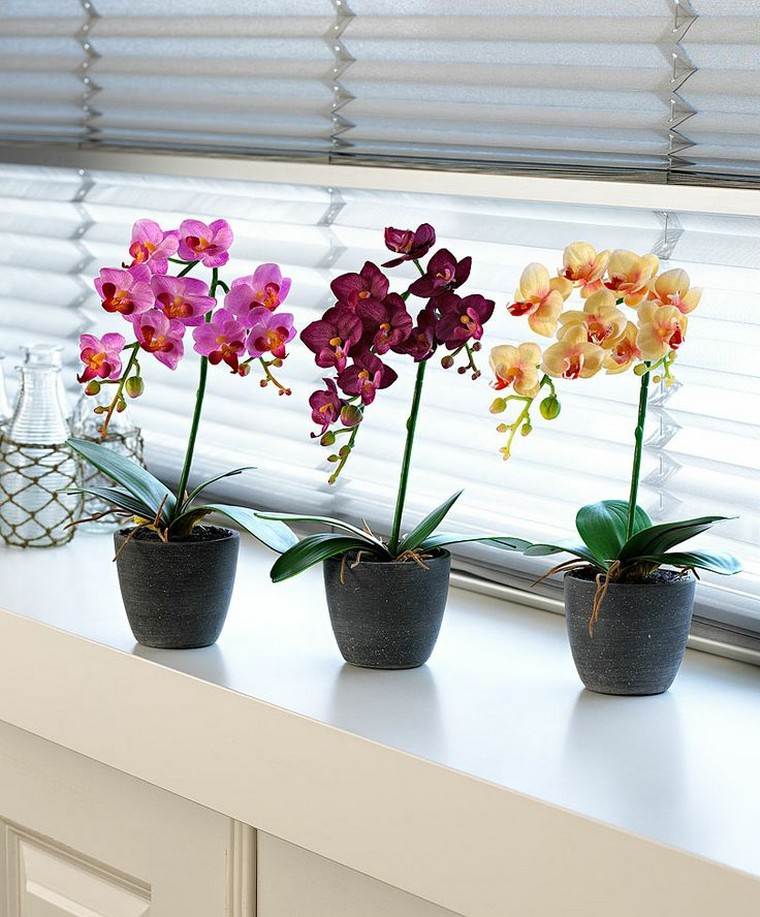 How to make an orchid bloom again ? | 15/22
How to make an orchid bloom again ? | 15/22
Large white orchid in a contemporary interior
View in gallery How to make an orchid bloom again ? | 16/22
How to make an orchid bloom again ? | 16/22
The name “orchid” comes from the Greek “ordis” which translates “testicle” or “olive” in reference to its form
View in gallery How to make an orchid bloom again ? | 17/22
How to make an orchid bloom again ? | 17/22
The orchid is a plant of tropical origin living in a very humid environment
View in gallery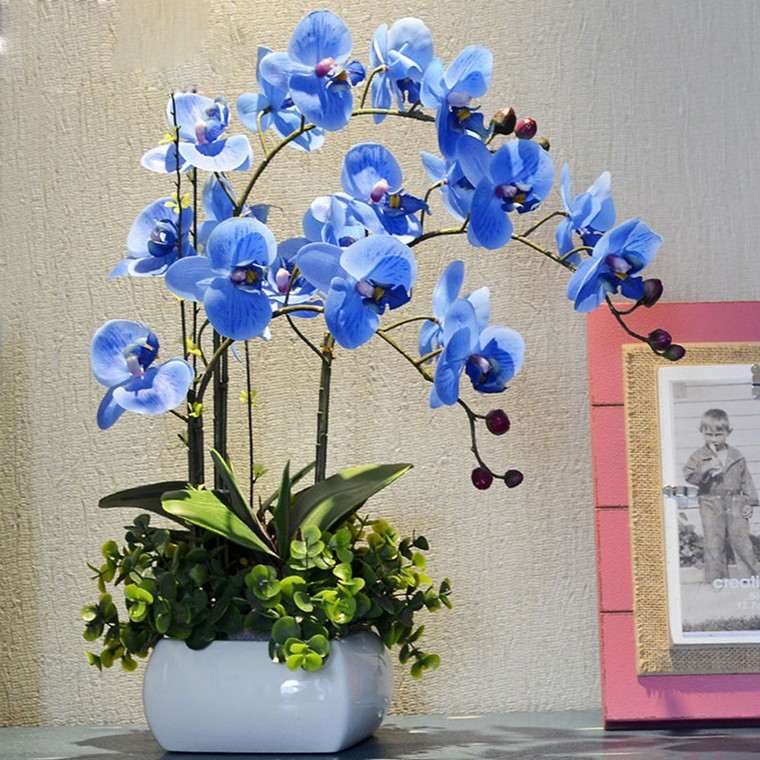 How to make an orchid bloom again ? | 18/22
How to make an orchid bloom again ? | 18/22
In its natural environment, the orchid feeds with rain water
View in gallery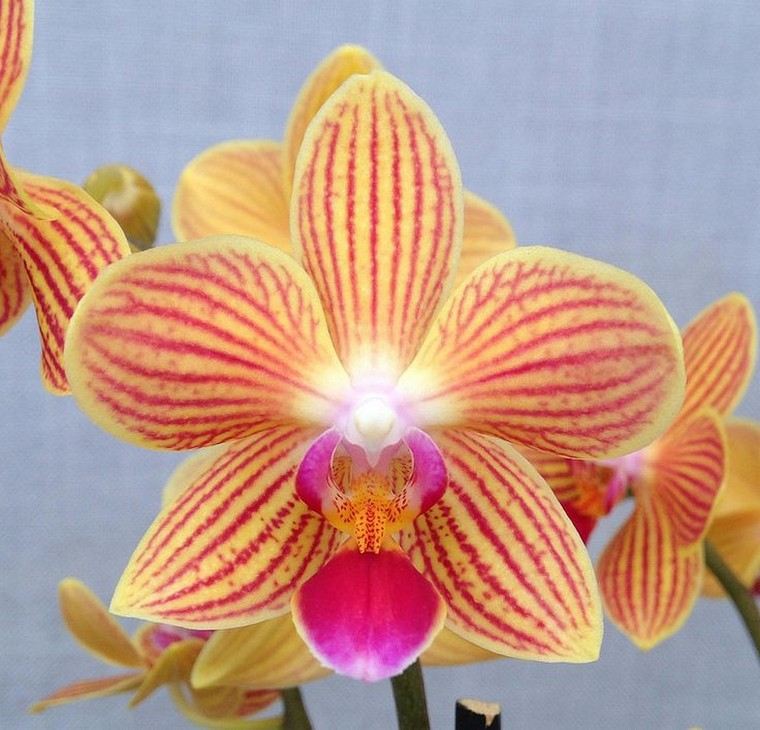 How to make an orchid bloom again ? | 19/22
How to make an orchid bloom again ? | 19/22
Orchid symbolizes feminine grace
View in gallery How to make an orchid bloom again ? | 20/22
How to make an orchid bloom again ? | 20/22
Zygopetalum Orchid
View in gallery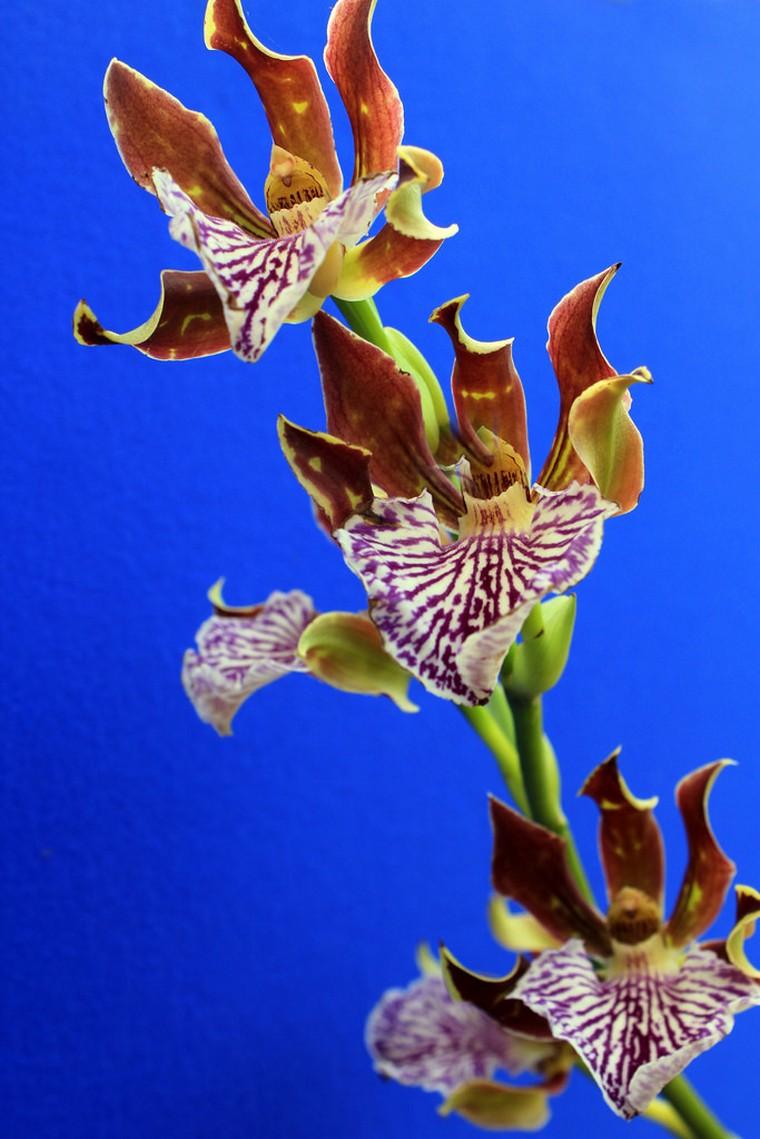 How to make an orchid bloom again ? | 21/22
How to make an orchid bloom again ? | 21/22
Phalaenopsis Orchid
View in gallery How to make an orchid bloom again ? | 22/22
How to make an orchid bloom again ? | 22/22
To learn more about orchids and their maintenance, visit the lovorchidée website.
Liliane Morel in